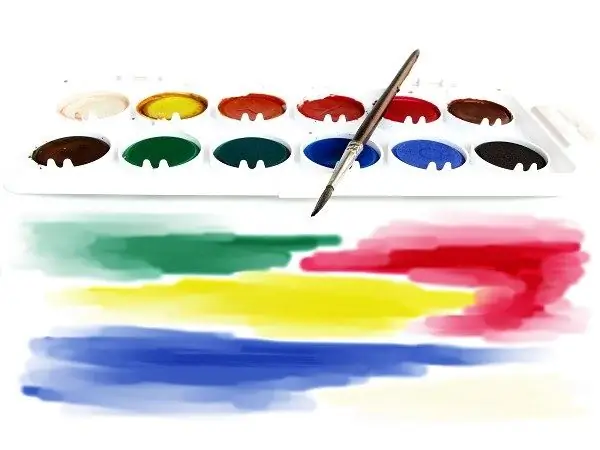There are literally thousands of fine techniques, as well as styles. Anyone who is seriously involved in painting always starts with the basics - composition, anatomy, volume, perspective, chiaroscuro and so on. Even if the artist writes in the style of impressionism, he is familiar with the basics of painting. Without basic knowledge, a person cannot be called an artist.

Instructions
Step 1
Nowadays, even a photographer does not mindlessly copy reality, but puts his attitude into every good work. This is why some of the photographs cut through to the bone. For an artist, this is even more important. Artists capture not just an accurate (or inaccurate) image, but also their own feeling from this image, share it with the future viewer.
Step 2
Before starting work, the artist chooses a place for it. It can be a workshop or a river bank, a roof of a building or the edge of a forest. Then he chooses his instrument. If an artist writes with paints, he will need brushes, pastels require a fixer, pencils - sharpeners. In the modern world, literally anything can be used as coloring elements.
Step 3
Most often, before starting to apply paint on canvas or paper, the artist draws lines of perspective and approximate outlines with a pencil, and only after that begins the actual drawing.
Step 4
Usually the artist goes from general to specific. First, he highlights the main color accents, emphasizes the difference between shadow and light, then applies partial details and finishes everything with small strokes. This is especially true for the use of oil paints, pastels or watercolors require a completely different approach.
Step 5
If an artist paints in watercolors, he must do it quickly. Watercolors are used to convey some kind of fleeting experience, usually they are applied to a damp sheet of paper, from which they flow and mix, creating a picture that comes to life. Watercolor landscapes work especially well. Watercolors can also be painted on a dry sheet of paper, then each new layer of paint should be applied to the completely dry previous one.
Step 6
Pastels require a very well-positioned hand, as they crumble and crumble, but the intensity of the color and the ability to shade allow you to paint anything. By applying a few wide strokes with pastel crayons, the artist can shade them, completely filling the selected area with color. It is in this technique that the background and large details of the future picture are usually performed, thin strokes and lines are added already on top of them, bringing the image closer to reality.






